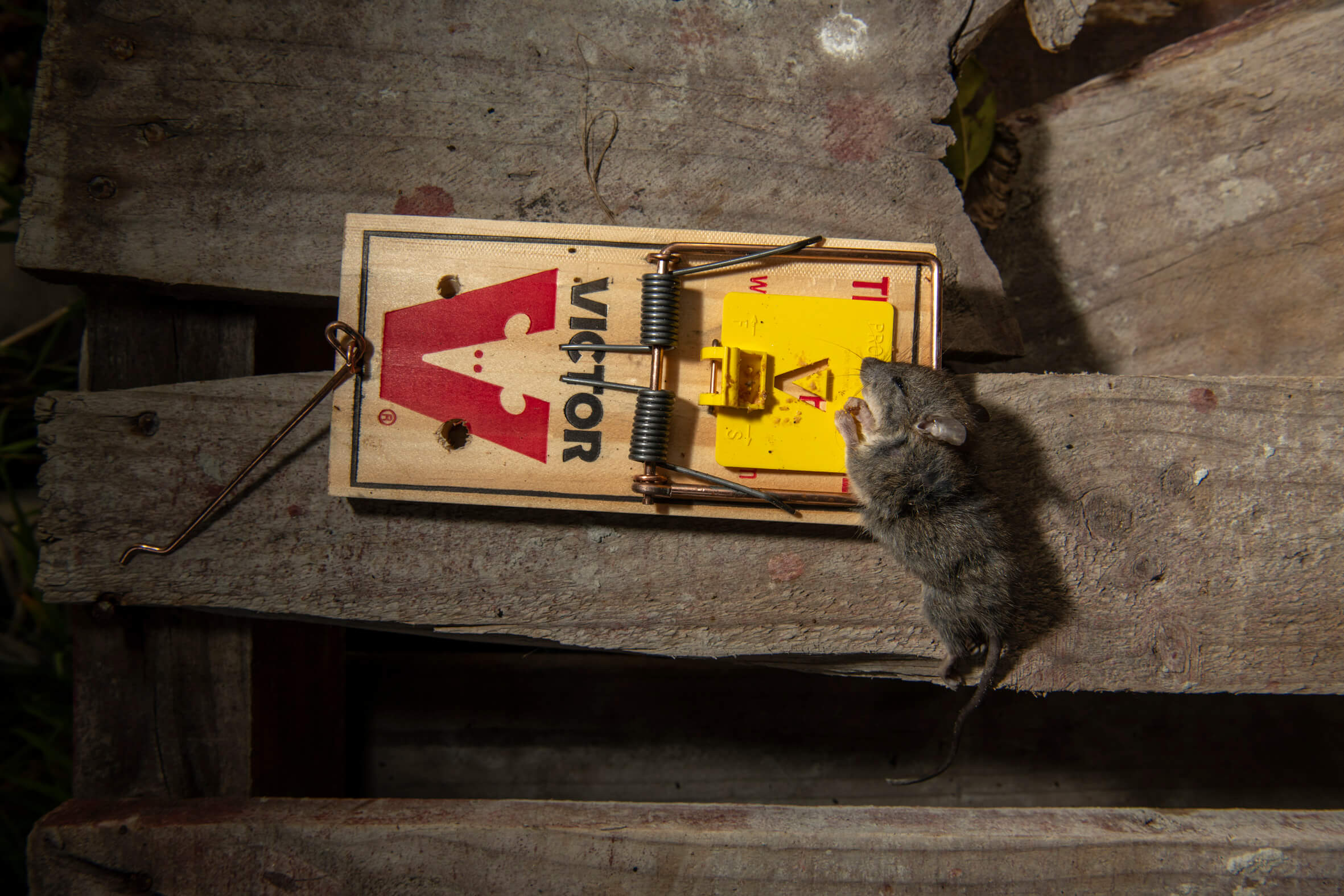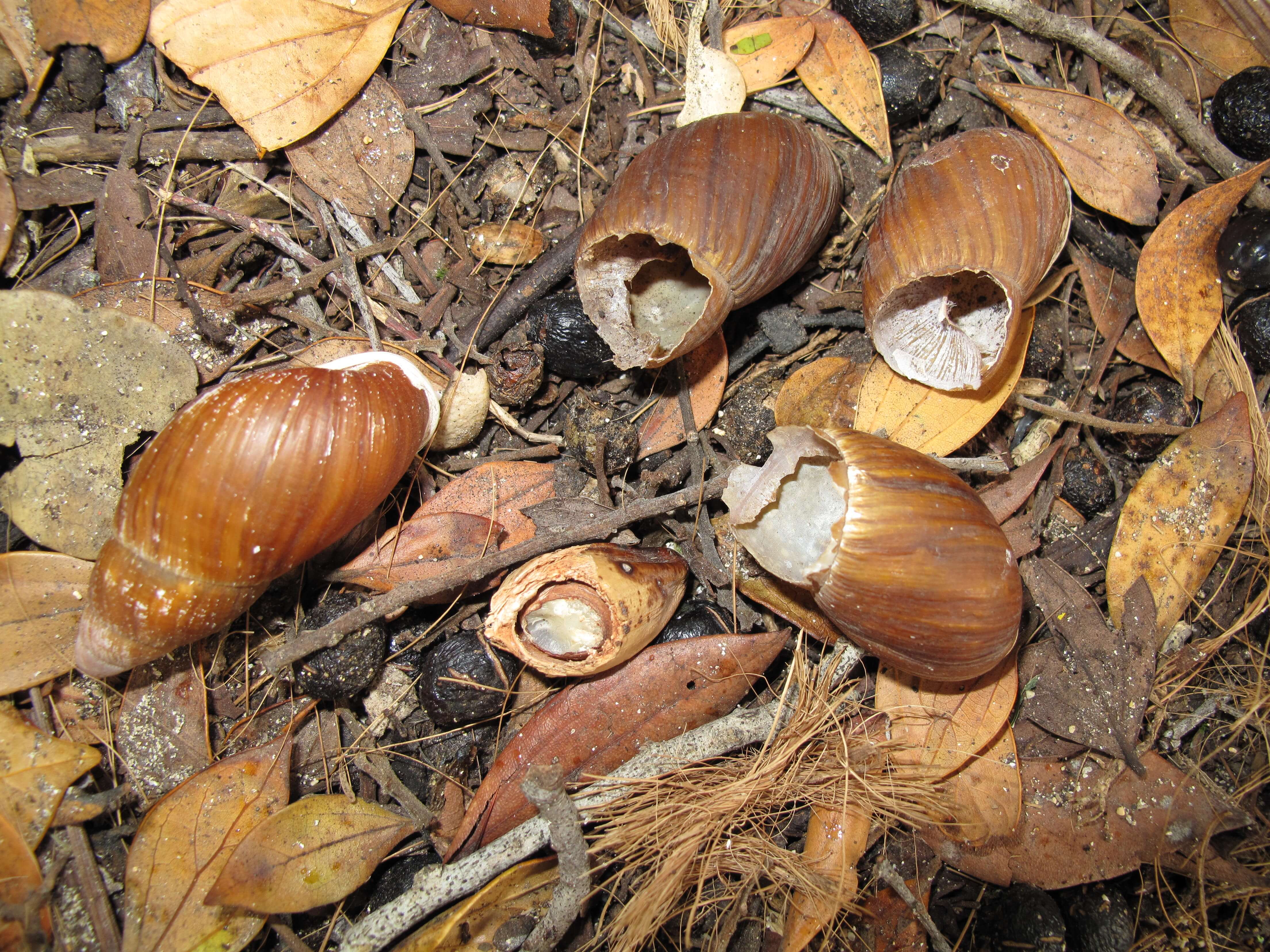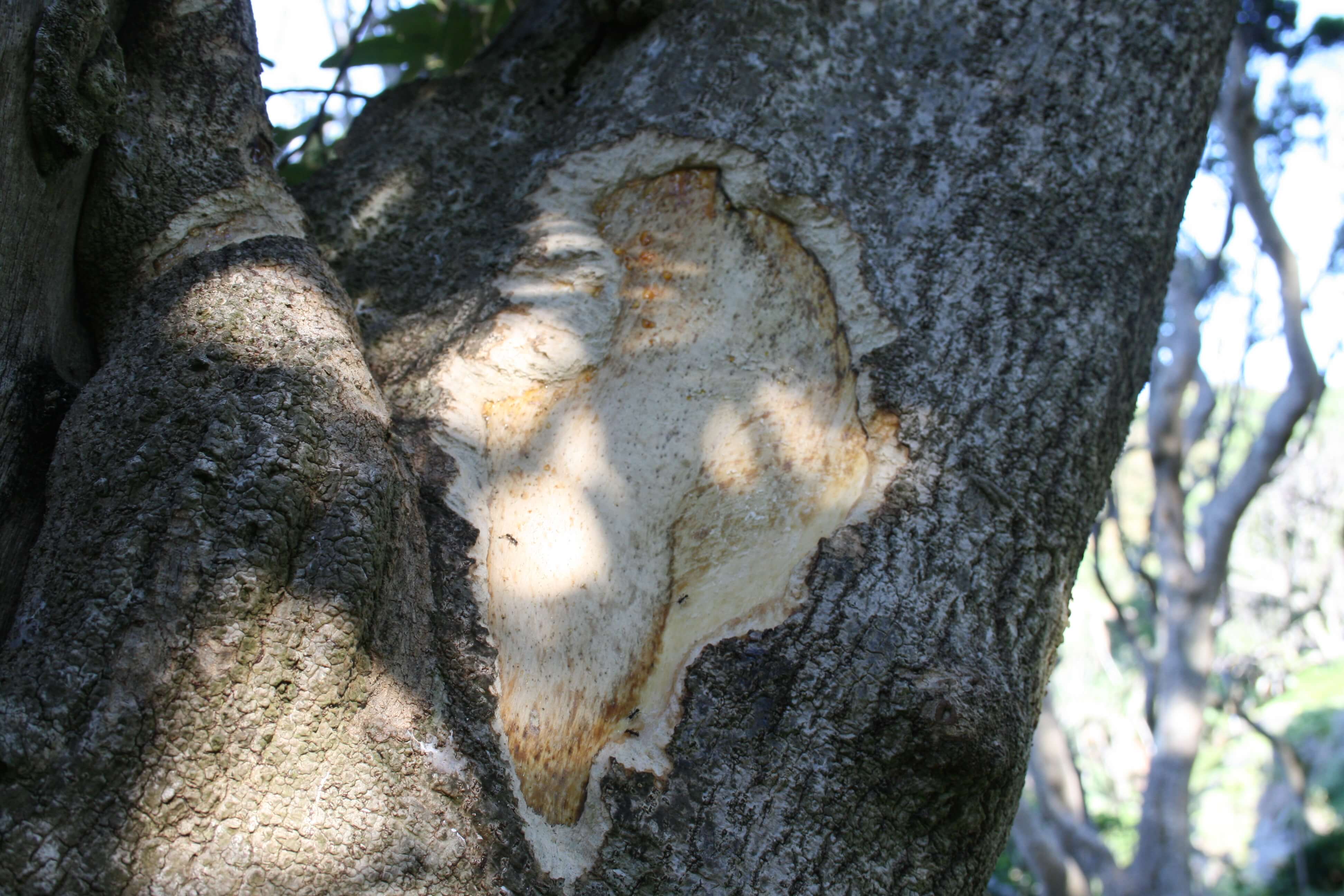Why consider eradication?
Rodent eradication is in accordance with the principles of ecologically sustainable development and objectives of the Environment Protection and Biodiversity Conservation Act.
The eradication of exotic rodents from high priority islands, including Lord Howe Island, was also the first objective in the Commonwealth Threat Abatement Plan to Reduce the Impacts of Exotic Rodents on Biodiversity on Australian Offshore Islands of Less than 100,000 Hectares.
Rodents prey on and compete with a variety of threatened animals and plants, and impact the community through hygiene issues and spoiling of food stuffs.
Failure to proceed with rodent eradication was likely to result in continuing adverse consequences to Lord Howe Island’s biodiversity, World Heritage and socio-economic values.
Objectives
Primary goals of the project:
- Remove the impact of rodents on both the human population and the flora and fauna of LHI.
- Improve the environment for the human residents and visitors.
- Provide a secure environment for populations of threatened and indigenous plants and animals.
- Establish a sustainable and robust biosecurity system to prevent the establishment of invasive flora and fauna, including but not limited to rodents.
Research and investigation
After completing a Feasibility Study in 2001, the Board considered and evaluated the eradication of rats and mice on the LHI Group.
Evidence showed that the best long-term solution was to eradicate rats and mice from the LHI Group in a single eradication operation.
Careful investigation was also undertaken into various methods of eradication, with data reviewed from over 300 successful eradication programmes from islands around the world. It was determined that the most effective method was the distribution of poison baits.
The cereal-based bait pellet, Pestoff 20R®, was selected. Containing 20 parts per million (ppm) of the rodenticide brodifacoum, the bait has been shown in trials to be highly palatable to both ship rats and house mice.



